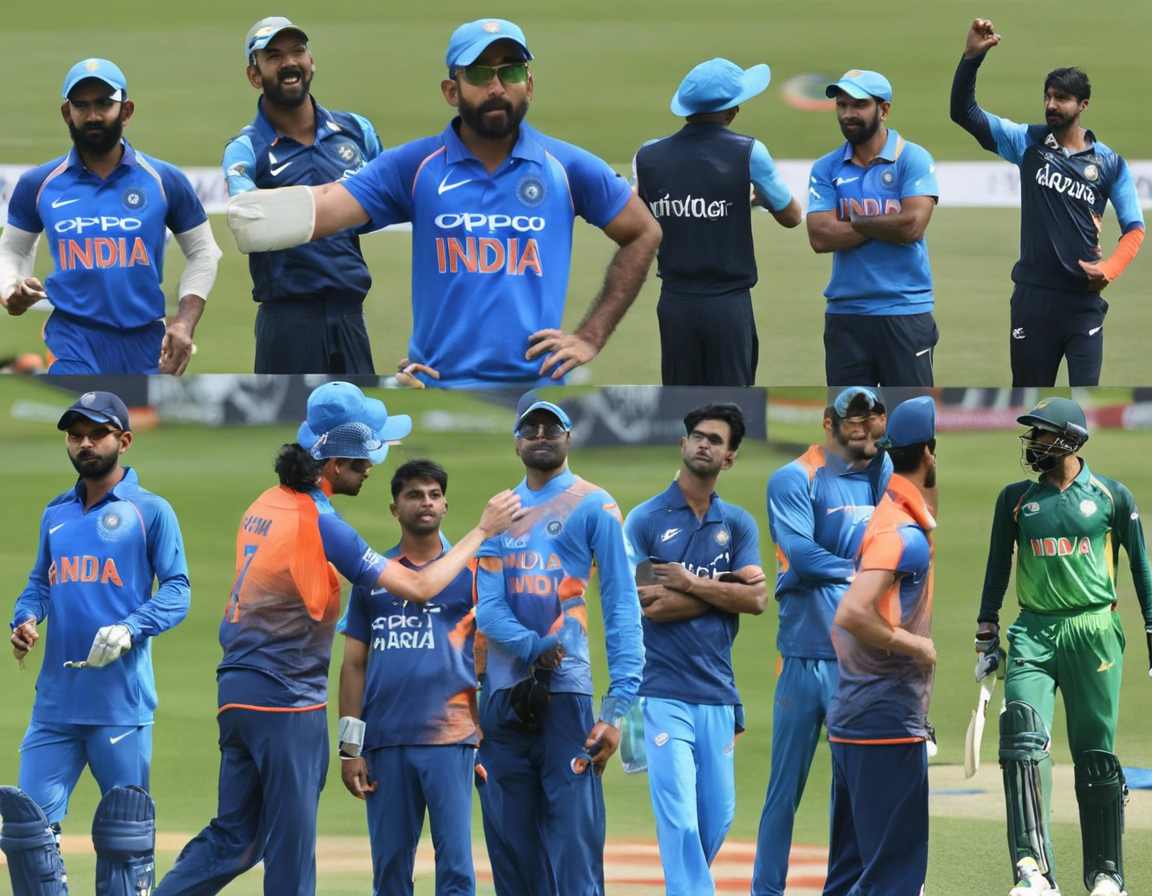Introduction
Access to electricity is a fundamental necessity for economic growth, social development, and improved living standards. In India, the government has been taking various initiatives to ensure electricity reaches even the most remote parts of the country. One such initiative is the Pradhan Mantri Suryodaya Yojana, also known as Pm Suryoday Yojana, launched with the aim of electrifying rural areas and providing reliable power supply through solar energy. This comprehensive article will delve into the key features, benefits, and implementation of the Pm Suryoday Yojana to understand its significance in rural electrification.
Key Features of Pm Suryoday Yojana
-
Solar-Powered Microgrids: The Pm Suryoday Yojana focuses on setting up solar-powered microgrids in rural areas where grid connectivity is either uneconomical or not feasible. These microgrids cater to the specific energy needs of the community and ensure a reliable supply of electricity.
-
Decentralized Energy Generation: By promoting decentralized energy generation through solar power, the scheme reduces dependence on traditional fossil fuels and promotes clean energy sources. This not only contributes to environmental sustainability but also reduces transmission losses associated with centralized power generation.
-
Battery Storage: The Pm Suryoday Yojana emphasizes the use of battery storage systems to store excess solar energy generated during the day for use during the night. This ensures round-the-clock availability of electricity, addressing the intermittent nature of solar power.
-
Electrification of Remote Villages: One of the primary objectives of the scheme is to electrify remote and inaccessible villages that are off the conventional power grid. By leveraging solar energy, these villages can now have access to electricity for lighting, productive uses, and other basic amenities.
-
Empowering Local Communities: The Pm Suryoday Yojana empowers local communities by involving them in the planning, implementation, and maintenance of solar power projects. This not only creates employment opportunities at the grassroots level but also ensures community ownership and sustainability of the infrastructure.
-
Affordable Power: Through the use of solar energy, the scheme aims to provide affordable power to rural households, agricultural activities, and small businesses. This helps in reducing the electricity bills of rural consumers and promoting economic growth in these areas.
-
Government Subsidies: The Pm Suryoday Yojana provides financial assistance and subsidies to promote the adoption of solar power systems in rural areas. These subsidies make solar energy more accessible and affordable for rural communities, incentivizing them to switch to clean energy sources.
Benefits of Pm Suryoday Yojana
-
Improved Energy Access: The primary benefit of the Pm Suryoday Yojana is improved energy access in rural areas, where conventional grid connectivity is either absent or unreliable. By harnessing solar power, the scheme ensures uninterrupted electricity supply for households, schools, healthcare centers, and other community facilities.
-
Sustainable Development: By promoting clean and renewable energy sources, the scheme contributes to sustainable development in rural areas. Solar power not only reduces greenhouse gas emissions but also mitigates the adverse effects of climate change, making the energy transition more environmentally friendly.
-
Enhanced Livelihood Opportunities: Access to electricity opens up new livelihood opportunities for rural communities, especially in sectors such as agriculture, small-scale industries, and entrepreneurship. Reliable power supply enables farmers to use irrigation pumps, agro-processing units, and other electric equipment to enhance productivity and economic prosperity.
-
Social Empowerment: The Pm Suryoday Yojana plays a crucial role in social empowerment by providing electricity connections to schools, healthcare centers, and community spaces. This enhances educational outcomes, improves healthcare services, and fosters community development by enabling access to information, communication, and entertainment through electrification.
-
Reduction in Energy Poverty: Energy poverty, defined as the lack of access to modern energy services, is a significant challenge in rural India. The Pm Suryoday Yojana aims to alleviate energy poverty by bringing electricity to the doorsteps of rural households, thereby improving their quality of life and well-being.
-
Energy Security: Solar power offers a decentralized and secure source of energy that reduces dependency on external sources and fossil fuels. By promoting energy security through local generation and distribution, the scheme enhances the resilience of rural communities to power outages and grid failures.
Implementation of Pm Suryoday Yojana
-
Identification of Target Areas: The government, in consultation with state agencies and local authorities, identifies target areas that lack reliable electricity supply and are suitable for solar microgrid installation. These areas are typically remote villages, tribal hamlets, and regions with low grid penetration.
-
Project Design and Tendering: Once the target areas are identified, project designs are prepared for setting up solar-powered microgrids. Tenders are floated to invite bids from qualified solar developers and implementing agencies to undertake the construction, commissioning, and maintenance of the microgrid systems.
-
Community Engagement: Communities residing in the target areas are actively engaged throughout the project implementation process. Their feedback, suggestions, and involvement are solicited to ensure the successful deployment and operation of the solar microgrids. This participatory approach fosters community ownership and sustainability.
-
Installation and Commissioning: Upon the selection of the implementing agency, the installation of solar panels, inverters, batteries, and other required equipment is carried out as per the project design. The microgrids are commissioned after rigorous testing to ensure proper functioning and integration with the existing distribution network.
-
Operation and Maintenance: The operational phase of the Pm Suryoday Yojana involves regular monitoring, maintenance, and troubleshooting of the installed solar microgrids. Skilled technicians are deployed to address any technical issues, perform routine checks, and ensure optimal performance of the systems for uninterrupted power supply.
-
Monitoring and Evaluation: Continuous monitoring and evaluation of the solar microgrid projects are conducted to assess their performance, impact on the target communities, and adherence to quality standards. Feedback mechanisms are established to gather inputs from beneficiaries and stakeholders for ongoing improvement and scalability.
Frequently Asked Questions (FAQs)
- Who is eligible to benefit from the Pm Suryoday Yojana?
-
The Pm Suryoday Yojana benefits rural communities, including households, agricultural consumers, small businesses, schools, healthcare centers, and community institutions that lack reliable electricity supply.
-
How can rural communities apply for the scheme?
-
Rural communities can express their interest in the Pm Suryoday Yojana through the local authorities, Gram Panchayats, or designated implementing agencies responsible for the electrification projects in their respective regions.
-
Is there a cost involved for consumers receiving electricity under the scheme?
-
The Pm Suryoday Yojana aims to provide affordable electricity to rural consumers. While there may be a nominal connection fee or usage charges, the overall cost is subsidized by the government to make solar power accessible to all.
-
What is the role of local communities in maintaining the solar microgrid systems?
-
Local communities are actively involved in the maintenance, operation, and management of the solar microgrid systems installed under the Pm Suryoday Yojana. This community participation ensures the sustainability and longevity of the electrification projects.
-
Can existing grid-connected areas also benefit from the Pm Suryoday Yojana?
-
While the primary focus of the scheme is on electrifying off-grid and underserved areas, existing grid-connected areas facing electricity shortages or reliability issues may also be considered for solar power interventions under the Pm Suryoday Yojana.
-
How does the Pm Suryoday Yojana contribute to India’s renewable energy targets?
-
The Pm Suryoday Yojana aligns with India’s renewable energy targets by promoting solar power generation in rural areas and reducing dependence on fossil fuels. The scheme contributes to the country’s clean energy transition and sustainable development goals.
-
Are there any training programs associated with the Pm Suryoday Yojana?
-
The Pm Suryoday Yojana incorporates training programs for local technicians, operators, and community members involved in the installation, maintenance, and management of solar microgrid systems. These capacity-building initiatives empower stakeholders to sustainably operate the electrification projects.
-
What are the long-term sustainability measures of the Pm Suryoday Yojana projects?
-
To ensure the long-term sustainability of the electrification projects, the Pm Suryoday Yojana emphasizes capacity building, community engagement, regular maintenance, revenue collection, and monitoring mechanisms. These measures aim to create self-sustaining models for continued access to electricity in rural areas.
-
How does the Pm Suryoday Yojana contribute to rural economic development?
-
By providing reliable electricity access to rural households, agricultural activities, and small businesses, the Pm Suryoday Yojana catalyzes economic development through increased productivity, income generation opportunities, enhanced connectivity, and improved quality of life for rural communities.
-
What are the future prospects and scalability of the Pm Suryoday Yojana?
- The Pm Suryoday Yojana demonstrates significant potential for scalability and replication across different states and regions in India. With successful implementation and technological advancements in solar energy, the scheme can further expand its reach and impact on rural electrification in the country.
In conclusion, the Pm Suryoday Yojana stands as a beacon of sustainable rural electrification, bringing light and power to the lives of millions in India’s countryside. By harnessing the abundant solar energy resources, empowering local communities, and catalyzing socio-economic development, the scheme paves the way for a brighter future where electricity knows no bounds.



